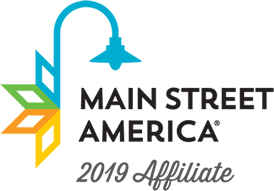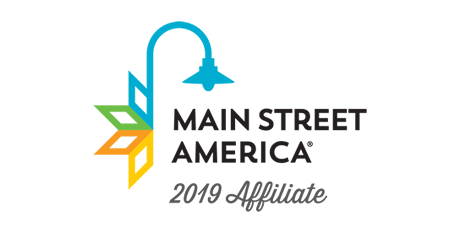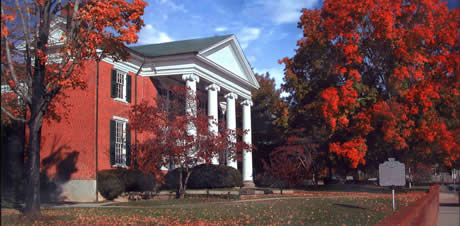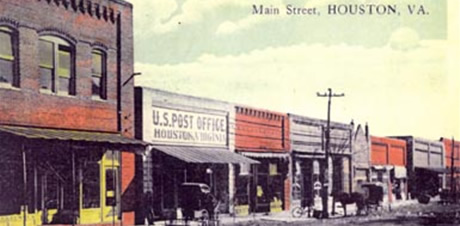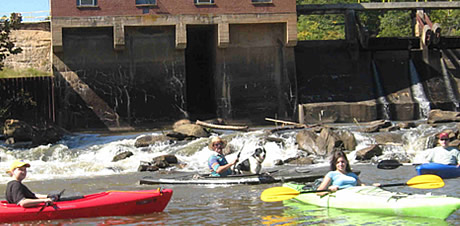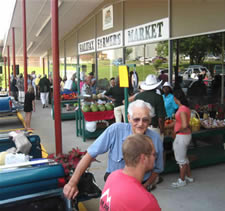Coming to the Town of Halifax Farmers' Market on May 18th a demonstration by Hudson Heritage Farms on the making of home cured bacon.
In Virginia's 18th Century Colonial Williamsburg, bacon was traditionally referred to as Gammon, but in today's world most people just refer to this delicacy as bacon.
Bacon is produced through a form of cooking referred to as Charcuterie. This is a branch of cooking devoted to prepared meat products, such as bacon, salami, hams, and sausage. Charcuterie was originally intended as a way to preserve meat before the advent of refrigeration, but today many chefs and home cooks are reverting to these old-time preparation methods for the special flavors derived from the preservation processes.
Bacon, as most know is a pig product. Fossils have been found which leads scientists to believe that wild pig-like animals roamed forests and swamps in Europe and Asia. By 4900 B.C. pigs were domesticated in China, and were being raised in Europe by 1500 B.C. Hernando de Soto from Spain is who many dub as "the father of the American pork industry." He landed with America's first 13 pigs at Tampa Bay, Florida in 1539. Native Americans reportedly became very fond of the taste of pork, resulting in some of the worst attacks on the de Soto expedition. By the time of de Soto's death three years later, his pig herd had grown to 700 head, not including the ones his troops had consumed, those that ran away and became wild pigs (and the ancestors of today's feral pigs or razorbacks), and those given to the Native Americans to keep the peace. The pork industry in America had begun! Pig production spread throughout the new colonies. Sir Walter Raleigh is credited with bringing sows to the Jamestown Colony in 1607. As the seventeenth century closed, the typical Virginia farmer likely owned four or five pigs, supplying salt pork and bacon for his table with surpluses sold as barreled pork.
Since its introduction to the Americas bacon has maintained its popularity. In this health-conscious day and age, you would think that bacon would be low on the list of preferred foods due to its fat content. Yet, as anyone who dabbles in pork belly commodities can tell you, bacon is solely responsible for giving a boost to the pork market. Bacon has become so popular as a sandwich ingredient and a favorite of chefs in fine dining establishments that bacon shortages have caused prices to soar. However, bacon is still a bargain that can't be beat when it comes to adding flavor.
As the Farm to Table movement progresses and individuals become more aware of the sources of their food products, and curiosity surges in the old arts of cooking and food preparations, we see a renewed interest in charcuterie and the preparation of home cured bacon. Hudson Heritage Farms located in Elmo is a local producer of natural pasture raised meat products. Denise Hudson from the farm will be at the Town of Halifax Farmers Market on May 18th, andd will present a demonstration class on the home curing of bacon at 10:00 am. Also, look for other classes presented by Hudson Heritage Farms on meat preparation later in the summer at the Elmo Grocery Store and the Town of Halifax Farmers' Market.
